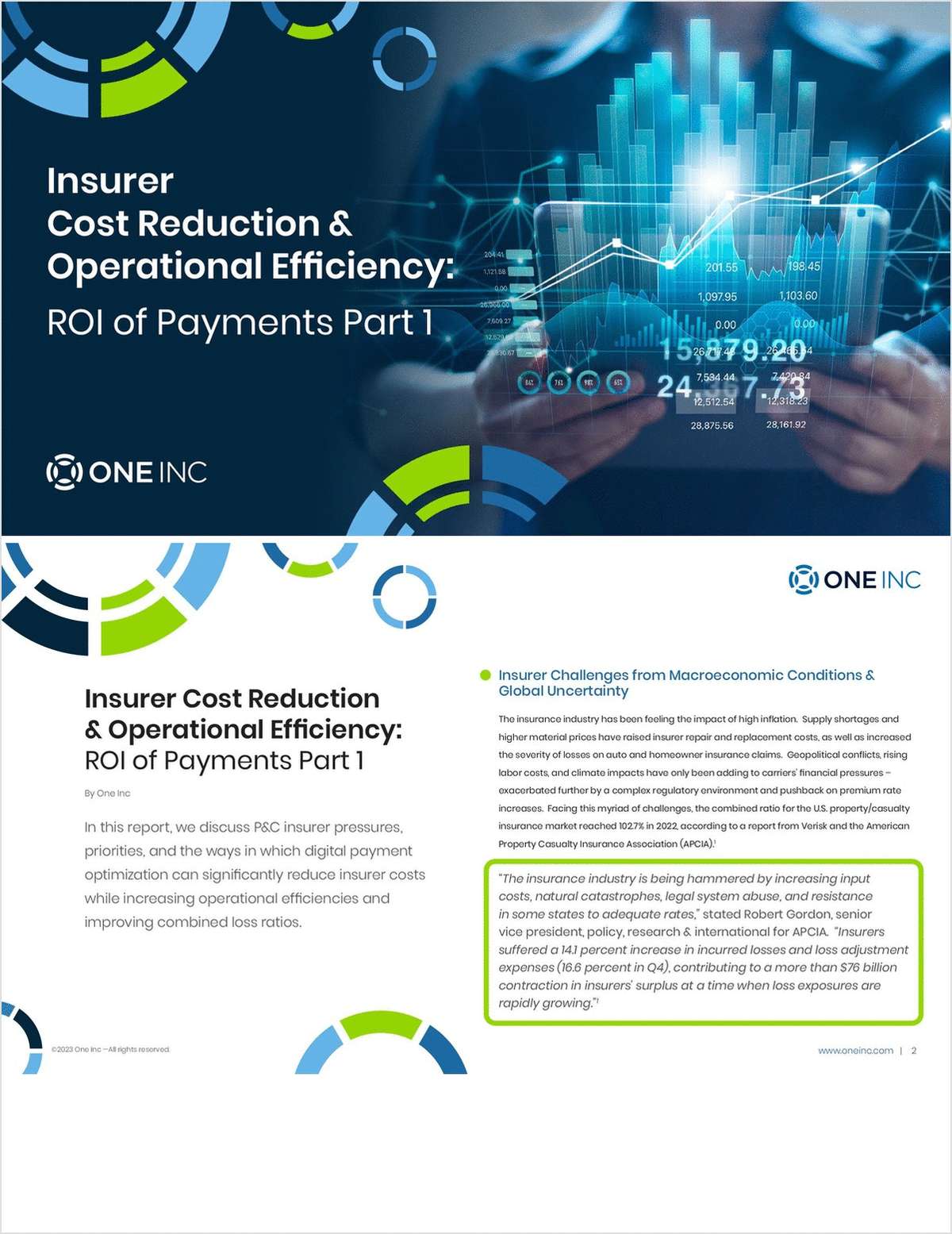De-globalization and political conflict, large natural catastrophes, financial instability and the challenges posed by the “Internet of Things” are some of the risks identified in this year's Swiss Re SONAR New emerging risk insights report. The in-depth analysis seeks to provide an early indication of what might lie ahead and could become relevant going forward in the global marketplace. While many of the issues presented might never materialize into significant risks, some definitely will.
“Swiss Re's annual SONAR report updates the most important emerging risks for the global re/insurance industry,” according to Rolf Tanner, Senior Risk Manager at Swiss Re. “The study rates the risks according to their potential impact (high, medium, low), though it is in the nature of emerging risks that precise quantification in terms of impact and frequency are not possible yet (that is the reason why they are emerging risks). The report also tries to identify in which line of business the impact could possibly be strongest going forward.”
This report looks not only at distinct economic, technological, environmental and socio-political developments, but also at how their interconnectedness is changing the risk landscape.
The follow emerging risks may not only bring additional downside risk exposure, but could also give rise to new opportunities. Can and should the insurance industry expand its role of mitigating these risks and enable society to advance?

(Photo: Shutterstock.com)
21. Scarcity of raw materials
Low impact | >3 years
Various raw materials are becoming scarce, including sand for concrete production and helium for various technical applications. Sand is the one of the main ingredients in concrete, and the construction industry's demand for concrete is growing. Helium is used for various purposes, ranging from manufacturing semiconductors to cooling superconducting magnets for MRI medical imaging. Available helium has become scarcer in recent years. This is partly due to the fact that the U.S. — the world's largest supplier — is increasingly focusing on shale gas, which contains relatively little helium.
Potential outcomes:
- Natural catastrophes hitting coastal areas harder, due to reduced natural protection
- Rising construction costs due to increasing prices for concrete and/or deteriorating building quality due to use of substandard concrete
- The shortage of helium will increase the price and make alternative production attractive, but no long-term insurance impact expected
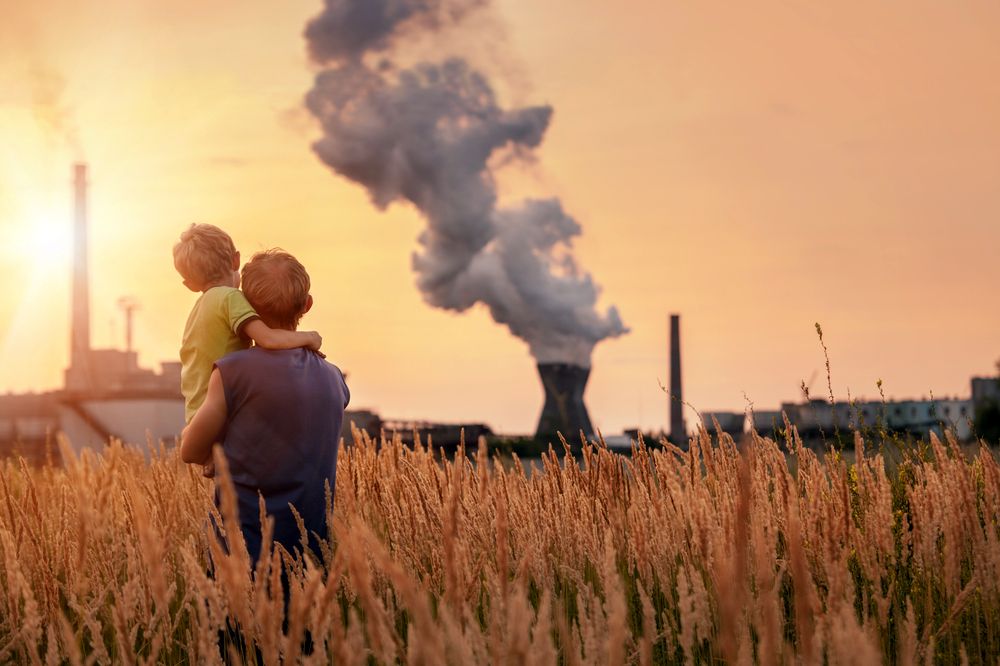
(Photo: Shutterstock.com)
20. Chemicals in the environment
Low impact | Time frame: >3 years
Due to our longer life expectancy we are exposed to certain chemicals for longer, which may lead to negative consequences for our health. Better diagnostic tests might also result in more people successfully suing large corporations.
With ongoing research in the field of environmental chemistry, scientific insights might fuel new liability claims. All of this may influence the re/insurance risk landscape, particularly with regard to product liability claims.
Potential outcomes:
- Chemical companies could be sued for putting damaging products on the market
- Genetic changes (epigenetic) might be used as a marker or as a forecast tool for diseases that have not yet manifested, improving diagnostics and treatment options. However, changes in a person's gene's may also cause cross-generational damage and significantly increase the lag time between exposure to a substance and damage manifestation
- Increased number of workers' compensation/employers' liability claims from people exposed to chemicals at the workplace

(Photo: Shutterstock)
19. Traffic jam in the skies
Low impact | Time frame: >3 years
The sky gets more and more crowded with drones, weather balloons and microsatellites. Appropriate regulation is essential to ensure safe air traffic, but is currently still lagging behind technological developments. In regions without proper regulations, an increased risk for collisions and accidents may occur, resulting in higher claims frequency for re/insurers.
The rapidly increasing number of drones is prompting fears about a heightened collision risk for commercial airplanes, as reports about drones getting close to airplanes make headlines. There is also increasing worry about drones being used as weapons by terrorists.
The number of microsatellites has also increased rapidly since the early 2000s. These miniature satellites are primarily used for research purposes, but more commercial players are appearing on the scene. Currently, the market is largely unregulated, giving rise to a growing risk of collisions as the number of microsatellites keeps soaring.
Potential outcomes:
- Increasing use of drones may add an aircraft fleet exposure to companies that had no airborne operations before
- A higher number of flying objects is likely to increase collision risks
- Privacy concerns due to more remotely controlled or autonomous small flying objects equipped with cameras

(Image: Shutterstock.com)
18. Office of the future
Low impact: Time frame: >3 years
The office of the future is on the way. The number of workplaces will be reduced, home offices encouraged and flexible working schedules will be commonplace. The latest trend is flexible open plan offices where employees no longer have their own designated desks, but may use any of the available workplaces. This brings even more cost savings as the number of desks in such a setup is generally lower than the number of employees working in the building, factoring in part-time work, business travel and vacation absences.
For employees, ill-designed open office spaces may cause frustration, as they are perceived as disruptive, stressful and cumbersome. To be workable, open offices need to address sightlines, acoustics and recognize different work styles.
The physical setup of the office space is not the only thing that is changing. Pervasive interconnectivity and digital work environments mean that many people no longer separate work life and leisure time. They are always online and accessible 24/7/365, with potentially negative implications for their health and well-being. This could ultimately lead to a decrease in productivity, an increasing number of sick days, burnouts and, last but not least, trigger workers compensation and employer's liability claims.
Potential outcomes:
- Improved cost-benefit ratio and performance gains in case of well-managed workplace setups
- Decreasing productivity in case of ill-managed workplace setups
- Ill-designed open office solutions and digital work environments may trigger employers' liability/workers' compensation claims

(Photo: Shutterstock.com)
17. The dangers of LED light
Low impact | Time frame: 0-3 years
LEDs have a longer life span and are more efficient than conventional incandescent light bulbs and fluorescent lamps, and their prices have declined significantly over the last years. As a result, the market share of LED lighting has increased significantly. This development is likely to continue.
The growing use of LEDs has triggered concerns regarding their impact on human health. LEDs emit blue wavelengths which are beneficial during daylight hours because they boost attention, reaction times and mood, but which seem to be most disruptive at night. Recent scientific studies have indicated that white LEDs could also be problematic, due to the potential risks for the eye.
Considering the fact that LEDs are likely to become the major domestic light source in many parts of the world, there is potential for a serious risk exposure. Billions of conventional lamps will be replaced by LEDs in the near future, and even if adverse health effects are rare, the total number of bodily injury claims could be very high.
Potential outcome:
- Potential for large serial losses in different markets as there are only a few major players in the light bulb market

(Photo: Shutterstock.com)
16. Fossil fuel mismangement
Low impact | Time frame: 0-3 years
A growing number of investors and regulators worry that untapped deposits of oil, gas and coal could become stranded assets as governments adopt stricter climate change policies. A majority of known oil, gas and coal deposits may have to stay underground, becoming worthless, unless there is significant progress in technologies to capture waste gases from combusting fossil fuels.
Potential outcomes:
- Lack of income might lead to reduced inspection and cost-intensive preventive maintenance in the fossil fuel industry
- Increased theft, including unauthorised drilling into pipelines, with corresponding losses
- Reduced mining investments slowing economic growth in affected countries

KERN COUNTY, CALIFORNIA – NOVEMBER 26, 2013: Pumpjacks extract oil from an oilfield in Kern County, Calif. About 15 billion barrels of oil could be extracted using hydraulic fracturing in California. (Christopher Halloran / Shutterstock.com)
15. Hydrofracking fluids
Medium impact | Time frame: > 3 years
Hydraulic fracturing — commonly known as hydrofracking — is a technology to extract natural gas from unconventional reservoirs. The potential impact of hydrofracking on humans and the environment remains controversial. The main focus of concern is ground water contamination, poor waste handling and induced seismic activity.
Lately, fracking fluids have received growing attention, resulting in an increased risk exposure for the respective industries, and ultimately the insurance industry. Due to the fact that large amounts of fracking fluids leak underground, gradual contamination of groundwater is one of the pollution scenarios, with potential long-term health effects for local populations, including cancer and birth defects.
Potential outcome:
- Liability exposure from fracking activities is potentially severe and systemic.

(Photo: Shutterstock.com)
14. Decaying infrastructure
Medium impact | Time frame: >3 years
Critical infrastructure in various countries is in bad condition, giving rise to potential for large losses. To ensure continued safe operations, massive investments are necessary.
In addition to the risks arising from aging, poor maintenance and investment lags, cyber-attacks are also a growing concern for critical infrastructure businesses such as power utilities, telecommunications and water suppliers.
Potential outcomes:
- Increasing claims frequency and severity for property and casualty covers
- Environmental damage due to aging pipelines and other failing critical infrastructure
- Increasing demand for infrastructure financing, providing an opportunity for both the investment and insurance sides of the business

VENICE, ITALY – FEB 03, 2015: Scene of the flooded Piazza San Marco, with local tourists. (Photo: RnDmS / Shutterstock.com)
13. Sinking cities
Medium impact | Time frame: >3 years
Mostly due to groundwater mismanagement, and in some cases also caused by oil and gas extraction, big coastal and delta cities are sinking, with soil subsiding up to 10 times faster than sea levels are rising.
While the sea level rise due to climate change has been well advertised and also calculated for the world's coastal cities, soil subsidence is often underestimated and probably also not adequately factored into many natural catastrophe models and property insurance portfolios. Soil subsidence and sea level rise also often happen at the same time, leading to increased coastal flood risk. Human-induced coastal subsidence is particularly strong in urbanized river deltas with soft sediments.
Potential outcomes:
- Damage to buildings, foundations, infrastructure and subsurface structure like sewerage and gas pipes; disruption of water management; coastal floods with increased salt water intrusion
- Impact on property and casualty business lines with potential for large claims — but given that damage and erosion are a consequence of groundwater mismanagement happening over several decades, it could be challenging to assign responsibilities
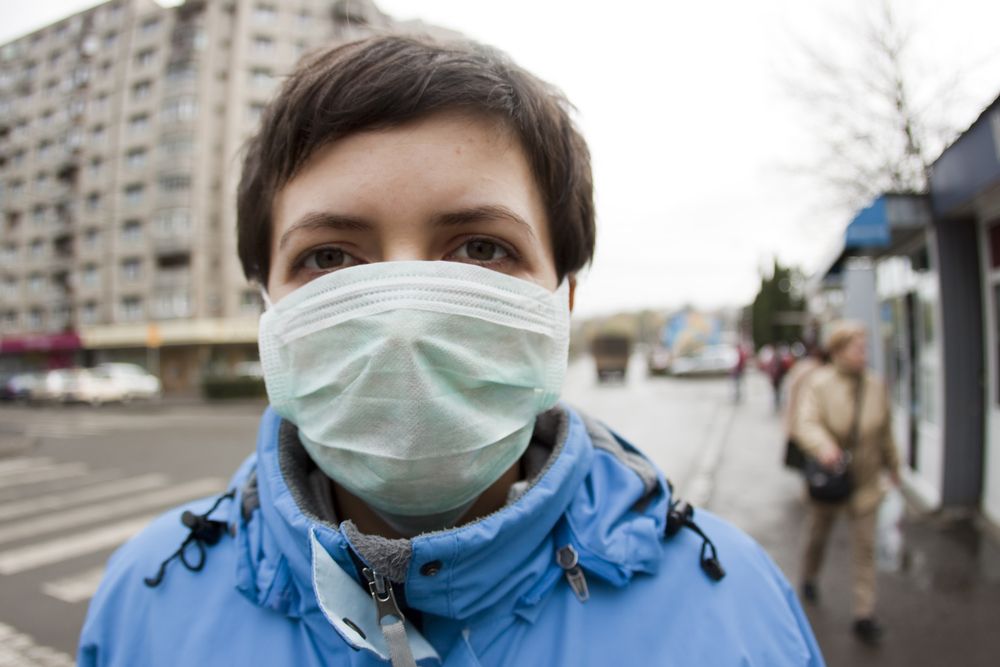
(Photo: Shutterstock.com)
12. The antibiotic boomerang
Medium impact | Time frame: >3 years
Antibiotic resistance is a worldwide problem for both human and animal health, primarily caused by excessive use of antibiotics. Furthermore, the classes of antibiotics used in food-producing animals as well as in human medical treatment are the same, and worldwide transmission of resistance is accelerated by intercontinental travel of humans, animals and food.
Since public authorities around the globe became aware of the threat, governments have begun to establish guidelines and strategies to fight antibiotic resistance. Unfortunately, however, this regulatory environment may have the opposite effect than intended. Due to tough price negotiations between public authorities and pharmaceutical companies, margins for new antibiotic drugs are low. Additionally, new antibiotics may be declared as “drugs of last resort” without any immediate commercial benefits. As a result, there is no motivation for pharmaceutical companies to invest in research — despite the fact that the market associated with multi-resistant microorganisms is expected to increase for the next 20 years.
To date, most research against multi-resistant bacterial strains is performed in academia, making the development of a commercial product unlikely in the near future. In the short term, increasing drug resistance may lead to higher healthcare costs. In the long term, in a post-antibiotic world, this may lead to shifts in life expectancy, as diseases which are currently under control once again turn into deadly risks.
Potential outcomes:
- Progressing antimicrobial resistance and an increasing number of human infections with drug resistant microorganisms may lead to highter costs in the health sector and to higher losses in L&H policies
- High property losses could occur if livestock farms are contamined by drug-resistant microorganisms
- Liabilty claims may arise from contaminations with resistant microbes (e.g., farms, food industry, hospitals, care centers)
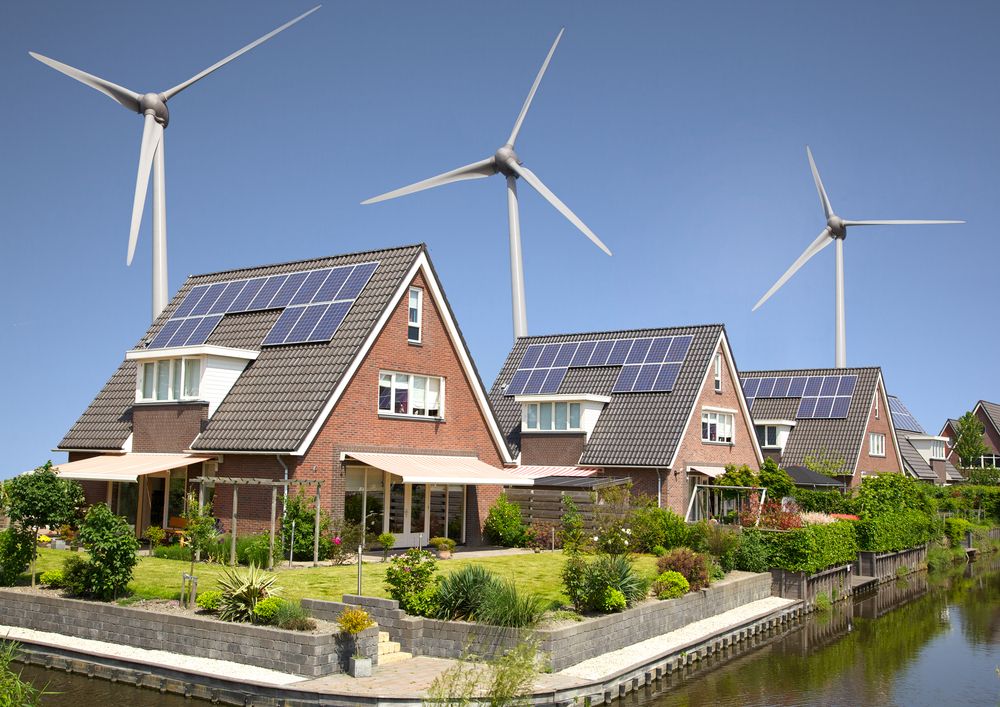
(Photo: Shutterstock.com)
11. Challenges of the energy transition
Medium impact | Time frame: >3 years
Increasing energy storage capacity will be crucial, and this capacity needs to adapt to various forms of energy production. Many innovations are needed. We will witness a fundamental overhaul in the set-up and operation of the energy grids worldwide in the upcoming decade. This will create new interfaces in the grid which must be addressed, since the lack of interface management is often a key loss trigger. If the challenges related to the energy transition cannot be resolved, there is a high probability that conventional energy will experience a renaissance, with unknown implications along the energy value chain.
Potential outcomes:
- Necessary innovations to support energy transition may open up business opportunities
- If uncertainties around energy transition continues, the future of the split between fossils and renewables will remain open

Image: Shutterstock.com
10. Genetic engineering
Medium impact | Time frame: >3 years
With increased computer power as well as cheaper and faster laboratory technology, biologists are now able to design genetic material in a controlled manner and reporgram a cell or microorganism. Successful gene therapies may ultimately help to eliminate rare diseases that are associated with genetic defects and may have a positive effect on public health.However, possible side effects of genetic therapies could lead to enormous damage.
Another important aspect is data security and privacy. Since genetic therapies need extensive advance gene screening, the entire genetic predisposition of an individual will be revealed. Such personalised data must be protected from misuse.
Potential outcomes:
- Decreasing overall health care costs if genetic treatment is less costly than existing treatments
- Unforeseen and underestimated side effects of genetic therapies may increase costs in the health sector
- Liability claims if patients,and possibly even their offspring, are affected by serious side effects

Wildfire threatens homes during the devastating High Park Fire in Northern Colorado, June 2012. (Ryan DeBerardinis / Shutterstock.com)
9. Wildfires
Medium impact | Time frame: 0-3 years
There has been a marked increase in the frequency and severity of wildfire losses in the last decade. From a re/insurance perspective, wildfires have a high potential to be underestimated with respect to frequency and severity in the coming years.
Potential outcomes:
- Imbalance between premium income and losses due to changing frequency and severity of wildfires
- Significant impact on casualty covers in case wildfires are started or made worse through negligence

(Image: Shutterstock.com)
8. Rising pandemic risk
Medium impact | Time frame: 0-3 years
Viruses are extremely adaptable and constantly undergo changes to hide from the immune system of the infected organism. Worldwide, the human population surpassed 7 billlion in 2010. Animal stocks have also increased massively. This represents a big reservoir for new severe pathogens that could lead to a global pandemic if an urban region with good intercontinental connections is affected. The recent Ebola epidemic is an example of an uncontrolled outbreak of a deadly virus, which fortunately did not develop into a global pandemic due to the poor international connections of the West African region.
In addition, more people in some western countries have started to refuse vaccination against known and controllable pathogens, thus increasing the risk for an epidemic or even pandemic. The measles outbreaks in the U.S. just before Christmas 2014 or in Germany in early 2015 have shown how unvaccinated children can increase the epidemiological risk.
Potential outcomes:
- Life and health covers in regions with high life insurance penetration (eg, North America, Japan, Europe) would significantly be affected due to payouts for medical treatment or life insurance payouts
- Property and casualty issues could arise from general liability claims if the public is contaminated due to a misdiagnosis; professional liability claims could lead to large losses if sickness or death is blamed on medical malpractice; employers' liability/workers' compensation could arise when medical staff are infected because of workplace negligence
- A global pandemic would affect supply chains and might ultimately also impact financial markets

(Photo: Shutterstock.com)
7. Predictive maintenance
Medium impact | Time frame: 0-3 years
With the rise of the Internet of Things, more machines, devices and household appliances are equipped with sensors to monitor deterioration. Soon it will be possible to tailor the maintenance of machinery and equipment, exchanging single parts only when they are close to the end of their life cycle.
Yet, there is also a risk that many machines will no longer be maintained, checked and tested in their entirety, potentially undermining long-term safety and security. In addition, IoT-based remote maintenance entails cyber risks as the access used for maintenance could also be misused by hackers to attack systems connected to the same network.
Potential outcomes:
- Improved safety from better maintained machines and buildings may reduce losses and thus dampen insurance demand in the long term, ultimately shrinking the top line of insurers
- Insufficient, limited or inadequate predictive maintenance could lead to unexpected property and casualty losses (product liability); also in life and health and employers' liability/workers' compensation in case of human fatalities and injuries
- Liability claims may be levelled against the developers and vendors of predictive maintenance software

(Photo: Shutterstock.com)
6. Lifestyle drugs
Medium impact | Time frame: 0-3 years
Several new or returning lifestyle drugs are legally available and enjoy great popularity. For example, Shisha smoking (water pipe), a longstanding tradition in the Middle East, has become a recent trend in Western countries. Similar to e-cigarettes, scientists are debating the health effects of these substances.
Some U.S. states have recently legalized consumption of marijuana, with unknown consequences for public health and safety.
Potential outcomes:
- Proliferation of lifestyle drugs with unknown effects may increase uncertainty
- Regulatory diversity with partial legalisation of cannabis and other drugs may boost related regional industries and “drug tourism”
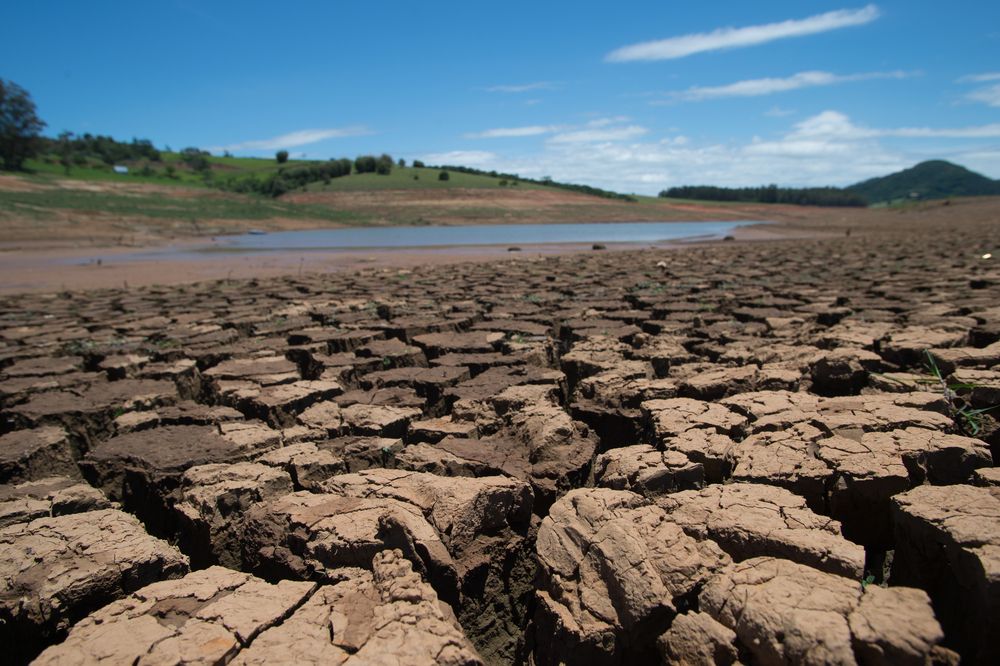
(Photo: Shutterstock.com)
5. Brazilian drought
Medium impact | Time frame: 0-3 years
The ongoing drought in Brazil represents a serious threat to the country. Since 2014, levels of rainfall are far below average levels, leading to water shortage and extremely low levels in the water reservoirs. Some fresh water reservoirs close to São Paulo reached levels below 5% of their maximum capacity in early 2015.
The problem is worsened by polluted rivers, deforestation and population growth. Poor planning and politics further aggravate the situation, with critics alleging that state authorities have failed to respond quickly enough to the crisis. Furthermore, Brazil's water infrastructure suffers from serious underinvestment and mismanagement, with more than 30% of São Paulo's treated water lost due to leaks and pilfering.
Potential outcomes:
- Weaker than expected economic growth in Brazil
- Increasing water and food prices, which may ultimately trigger social unrest
- Water and energy rationing in major Brazilian cities such as São Paulo
- Climate change liability claims against companies responsible for pollution and deforestation

(Image: Shutterstock.com)
4. Challenges of the Internet of Things (IoT)
High impact | Time frame: >3 years
The Internet of Things (IoT) will revolutionize consumer experience and behaviour as well as the management of organizations and societies. By 2025, it is estimated that a family of four could have more than 100 connected devices while individuals may be in daily contact with 3,000–5,000 connected things.
The IoT will become the true foundry of big data, but increased connectivity will raise questions about network and data security, resilience and longterm maintenance and software updates. Losses could occur from system malfunctions as well as malicious attacks from hackers and criminals.
The IoT has significant potential to challenge entire lines of insurance business. There will be many more ways to avoid losses while risk assessment can be improved thanks to the availability of additional data. This could make the physical world safer, reducing the need for risk management and risk transfer. However, other risks may increase in the digital world with people increasingly relying on data and digitally supported processes.
Potential outcomes:
- New data streams may introduce new sources of information asymmetry between insurers and consumers
- Hacking and malfunctions could have a significant impact on traditional P&C polices that have some coverage for cyber risks, as well as on pure cyber products in both P&C and L&H
- Regulations addressing data availability, usability and privacy could limit the upside potential of big data and make claims handling more difficult
- Accumulation control will be a key challenge for insurers — as well as a key differentiator

Ruins in Kathmandu after earthquake in Nepal, April 26, 2015. (My GoodImages / Shutterstock.com)
3. Super natural catastrophes
High impact | Time frame: 0-3 years
Large natural catastrophes represent major threats to the economy and society and create significant losses.
Potential outcomes:
- Weather may lead to extensive flooding with large-scale property damage and business interruption
- Volcanic eruptions may lead to significant property damage and business interruption and could have far-reaching repercussions throughout the economic system, interrupting global travel and supply chains and — in the case of super eruptions — even affecting global weather patterns

(Image: Shutterstock.com)
2. The great monetary experiment
High impact | Time frame: 0-3 years
In spite of some growth, many structural deficiencies of the global economy remain unaddressed. The Eurozone debt crisis lingers on, with only modest growth, high unemployment and unsustainable debt levels in some countries. Japan also continues to be mired in low growth, while China's growth rates are decelerating.
Potential outcomes:
- Continuous low interest rates strongly impact the balance sheet of conservative, large asset managers like insurers, particularly life insurers, whose business model and long-term profitability and survivability is fundamentally put into question
- Low growth hinders the growth prospects of insurers, while surplus capital is driven into the reinsurance market in the search of return, depressing reinsurance rates
- In case of an inflationary surge, insurrers may be confronted with accelerating claims inflation

KIEV (KYIV), UKRAINE – DECEMBER 1, 2013: Hundreds of thousands protest in Kiev against the suspension of the EU Association and the forceful break up of pro-European “Euromaidan” meeting by police. (Kiev.Victor / Shutterstock.com)
1. De-globalization
High impact | Time frame: 0-3 years
Political conflicts have been intensifying over the last few years in many regions including Eastern Europe, the Middle East and East Asia. Simultaneously, economic distress has led to an upsurge in populist and nationalist parties, eventually intensifying the threat of more protectionist regulations and legislations in the near future.
The post-Cold War consensus — i.e., that the global economy works best and most efficiently when the political system limits itself to principle-based regulation while fostering cooperation and competition — is fraying. Financial services have seen much more interventionism over the last years, and other markets — such as labour and communications — may be affected going forward.
Potential outcomes:
- Negative impact on the economic and investment environment, leading to lower premium volumes and return on investment
- Asset management becomes more challenging in a world where interventionist regulations and sanctions disrupt the free flow of capital, as well as the availability of investable assets
- An increasing compliance burden may also saddle the flow of premiums and claims payments
- Multinational corporations may increasingly be forced to recruit nationals in particular jurisdictions
Want to continue reading?
Become a Free PropertyCasualty360 Digital Reader
Your access to unlimited PropertyCasualty360 content isn’t changing.
Once you are an ALM digital member, you’ll receive:
- Breaking insurance news and analysis, on-site and via our newsletters and custom alerts
- Weekly Insurance Speak podcast featuring exclusive interviews with industry leaders
- Educational webcasts, white papers, and ebooks from industry thought leaders
- Critical converage of the employee benefits and financial advisory markets on our other ALM sites, BenefitsPRO and ThinkAdvisor
Already have an account? Sign In Now
© 2024 ALM Global, LLC, All Rights Reserved. Request academic re-use from www.copyright.com. All other uses, submit a request to [email protected]. For more information visit Asset & Logo Licensing.







